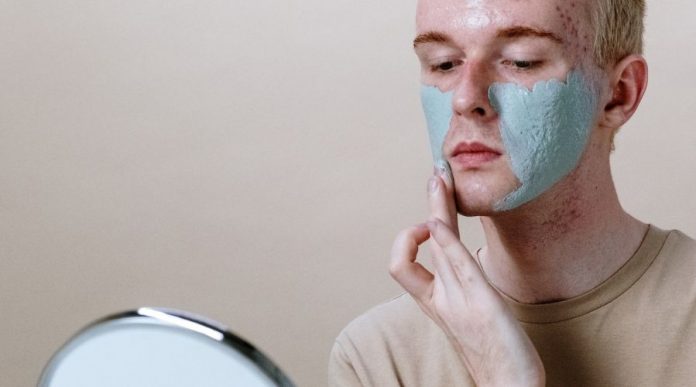The acne and nutrition myth has a long history. The Western diet was hypothesized to be a huge contributor to acne.1 While it’s true that acne is caused by many different factors associated with nutrition, like lifestyle and hormonal changes, diet hasn’t been proven to be a cause.1
Understanding the basics
Research can be broken down into different levels according to how well they are controlled and carried out. Don’t worry too much about the details, but the different levels address specific elements that make for quality research.
In order of quality, the levels are:1
- Level A. A randomized clinical study that is a double-blinded and comparative.
- Level B. A randomized study with severe limitations or a low number of cases.
- Level C. A case-control or cohort study.
Some research suggests that nutrition plays a role in acne, but none of the research is classified as “Level A” studies. All of the studies suggesting nutrition’s impact on acne are written in “Level B” or “Level C” papers.1
Breaking down the myths
Earlier research suggests that foods including dairy products, high-sugar content carbohydrates, and whey protein may be a source of acne.1 However, one can’t clinically verify this research.
Another common myth relates to a 2005 study using a one of the worst types of methods in research – a dietary recall.1 This study examined whether dairy, like skim milk and whey protein is associated with acne.1 The idea behind this is a belief that cow’s milk and other cow-derived dairy contain steroids and growth factors. People believe that humans consume dairy and it alters their hormone levels increasing sebum production (sebum is an oily substance that can build up under the skin for reasons beyond hormones). At least in Canada, dairy can’t even be sold if they contain significant levels of hormones or pre-cursors.
Finally, foods assumed to increase blood sugar and associated insulin levels (hyperglycemic foods) are proposed to increase insulin-like growth factor (IGF-1) which regulates growth hormone (GH) levels.1 There are several things wrong with this thought process, but part of the idea here is that foods that increase IGF-1 and GH increase growth in tissues, thereby leading to acne.1 The studies don’t come from “Level A” papers and therefore cannot confirm a relationship between these foods and acne.1
Furthermore, no reliable clinical data exists to confirm or deny the acne and nutrition myth relating to
- alcohol, coffee, and tea consumption,
- having eating disorders,
- being obese,
- eating chocolate,
- or using salt
with acne.1
Don’t believe the hype
Acne is complex. While there may be associations made between acne and nutrition, associations don’t mean causes.1
On the contrary, some papers discuss that diets rich in fish, fruits, and vegetables may help reduce acne, but no substantial evidence that proves this to be true.1
Although research exists to suggest a relationship between diet and acne, the evidence has come from poorly designed and carried out studies.1 Currently, no clinical data supports certain dietary factors leading to or ‘fixing’ acne.1 Further research should be done to determine direct associations between nutrition and acne.1
Reference
- Claudel JP, Auffret N, Leccia MT, Poli F, Dréno B. Acne and nutrition: hypotheses, myths and facts. J Eur Acad Dermatol Venereol. 2018;32(10):1631-1637. https://doi.org/10.1111/jdv.14998



